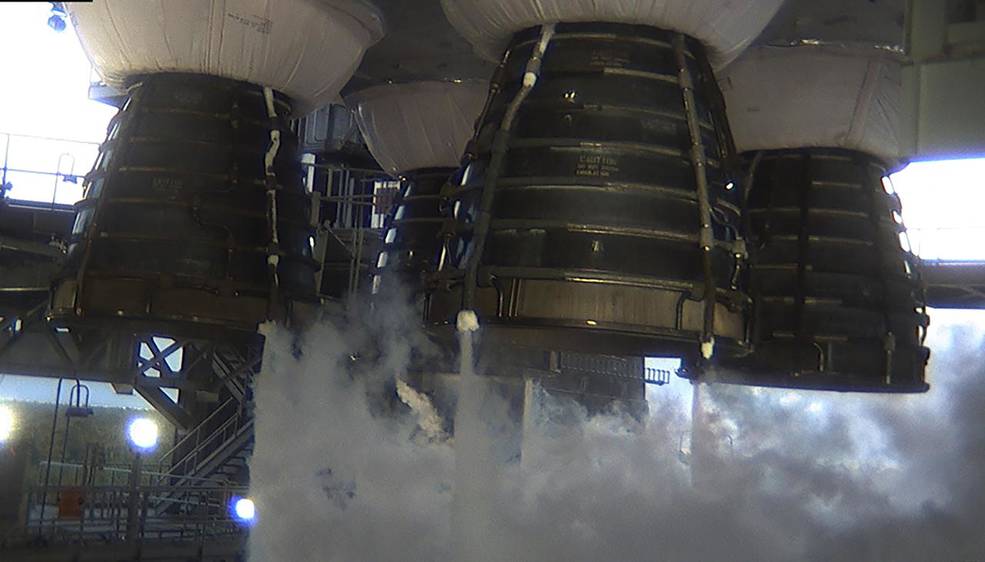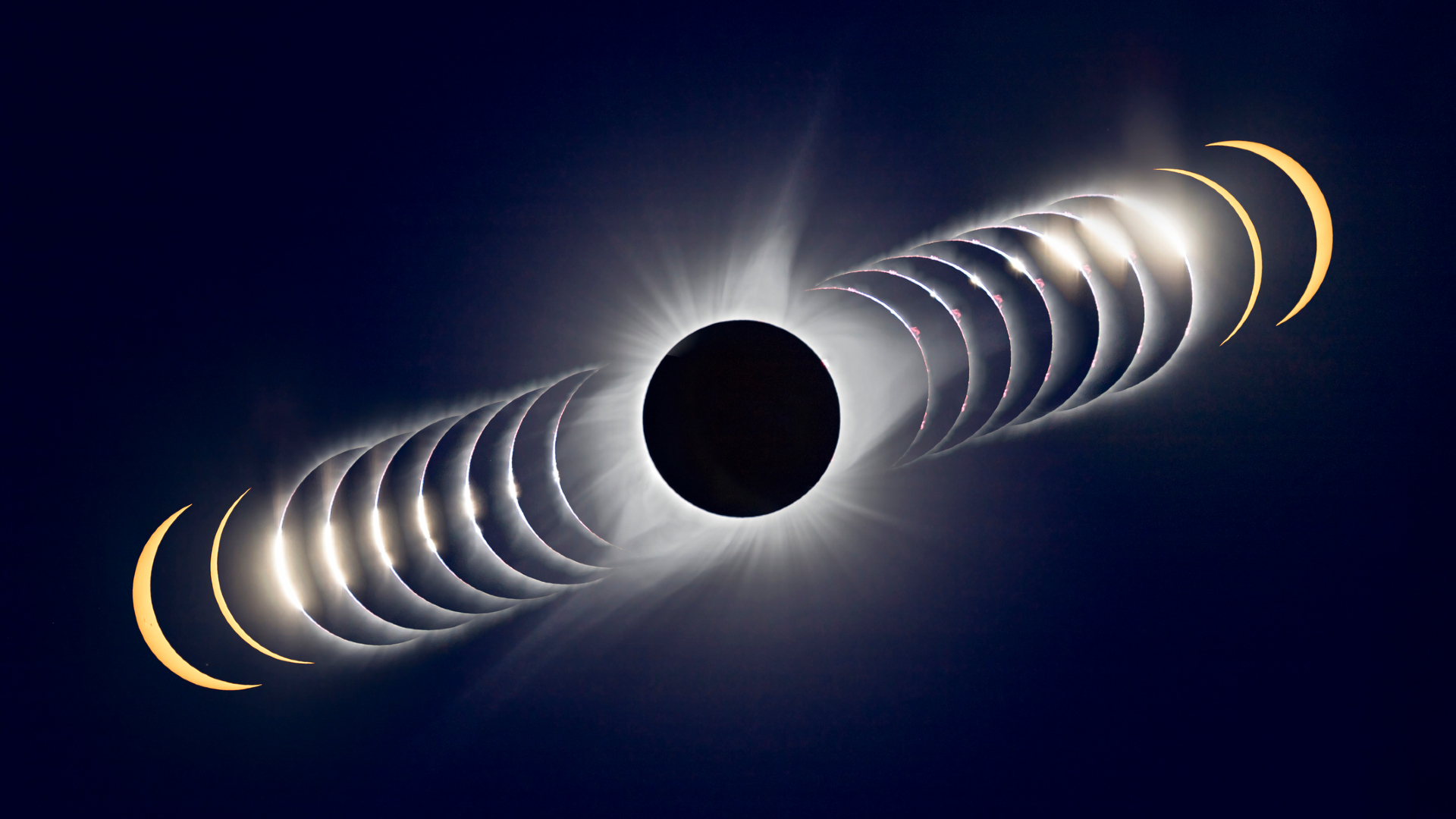NASA is finally ready to test-fire the engines of its SLS megarocket
The delayed hot-fire engine test of the rocket's core booster is set for Jan. 16.
NASA is finally ready to light the engines for its Space Launch System (SLS) megarocket.
The space agency plans to test-fire the four main engines of its first SLS heavy-lift booster on Saturday (Jan. 16) at the Stennis Space Center in Mississippi. It's a critical test for NASA and the final step in the agency's "Green Run" series of tests to ensure the SLS rocket is ready for its first launch, Artemis 1, that will send an uncrewed Orion spacecraft around the moon later this year.
Video: NASA's SLS rocket core stage will soon be test fired
The SLS is NASA's go-to rocket to send astronauts to the moon by 2024 as part of its Artemis program. Artemis 1 is the first of what's expected to be a series of missions leading up to Artemis 3, NASA's first crewed moon landing since the Apollo era.
In the upcoming hot-fire engine test, engineers will load the Boeing-built SLS core booster with over 700,000 gallons of cryogenic (that's really cold) propellant into the rocket's fuel tanks and light all four of its RS-25 engines at once. The engines will fire for 485 seconds (a little over 8 minutes) and generate a whopping 1.6 million pounds of thrust throughout the test.
"This test will demonstrate that this newly designed and developed core stage is ready for launch," SLS stage manager Julie Bassler said today (Jan. 12) during a news conference. "Testing provides an opportunity to learn and make sure that the rocket is ready to fly astronauts to the moon."
Prior to the hot fire test, the megarocket underwent two "wet dress rehearsals," during which engineers loaded, controlled and drained propellant into the rocket's tanks. And, while the rocket's core stage "performed well," during one of these trials on Dec. 20, the test ended early without explanation, which caused this hot-fire test to be delayed, according to a NASA statement. An earlier fueling attempt in December was stalled due to temperature issues. The testing campaign also faced delays due to a number of tropical storms and hurricanes and precautions to reduce the spread of COVID-19 amidst the pandemic.
Breaking space news, the latest updates on rocket launches, skywatching events and more!
Photos: NASA's 1st SLS megarocket core stage for the moon has its engines

"We learned a great deal from these two wet dress rehearsal tests," Bassler said. "As a result of those we did revise some of our procedures, and specifically updated our terminal countdown sequence." Additionally, Bassler added, the extra testing allowed engineers to gain more confidence in its processes, ground equipment and hardware.
Following this upcoming hot fire test, the team behind the test will "need several days to analyze the data and determine if we are ready to move forward with refurbishing the core stage and shipping to Kennedy," Bassler said.
"We're being very careful with it as we go," vice president and SLS program manager at Boeing John Shannon said during the same news conference. If there are unexpected results with this upcoming test, "we'll just take the time required to make sure we are treating this flight article appropriately and in continuing to march forward," Shannon added. "We're heading into it [this hot-fire test] with a mindset of we are learning and if we need to stop and regroup and then press forward, we will absolutely do that."
Following the success of this hot fire test and subsequent uncrewed missions to the moon, "the next key step in returning astronauts to the moon and eventually going on to Mars," Jeff Zotti, the RS-25 program director at Aerojet Rocketdyne said during the news conference.
NASA's SLS program manager John Honeycutt agreed.
"This powerful rocket is going to put us in a position to be ready to support the agency in the country's deep space mission to the moon and beyond," he said.
Email Chelsea Gohd at cgohd@space.com or follow her on Twitter @chelsea_gohd. Follow us on Twitter @Spacedotcom and on Facebook.

Chelsea “Foxanne” Gohd joined Space.com in 2018 and is now a Senior Writer, writing about everything from climate change to planetary science and human spaceflight in both articles and on-camera in videos. With a degree in Public Health and biological sciences, Chelsea has written and worked for institutions including the American Museum of Natural History, Scientific American, Discover Magazine Blog, Astronomy Magazine and Live Science. When not writing, editing or filming something space-y, Chelsea "Foxanne" Gohd is writing music and performing as Foxanne, even launching a song to space in 2021 with Inspiration4. You can follow her on Twitter @chelsea_gohd and @foxannemusic.
